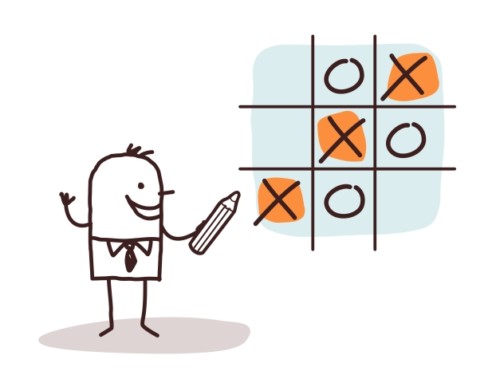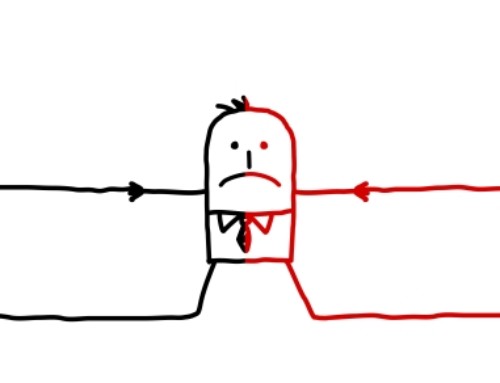In this article, I discuss how you can use hope for positive consequences and fear of negative consequences as motivators to help you change unwanted behaviour patterns.
In my work as a Calgary psychologist and a Cochrane psychologist, clients sometimes have the goal of changing unwanted behaviour patterns such as procrastination, losing one’s temper and excessive substance use. One of the best ways to help clients achieve behaviour change in these instances is to help them focus on motivators for the types of change they are seeking.
Two types of motivators serve this purpose. One type involves helping clients focus on the positive consequences of choosing a different behaviour from the current unwanted behaviour. The second type involves helping clients focus on the negative consequences of the current unwanted behaviour.
In the following sections, I will discuss how these two types of motivators can help a person to change their behaviour in a positive direction.
Focusing on positive consequences to change behaviour
People are motivated by the prospect of obtaining rewards or positive consequences if they engage in a behaviour. Therefore, helping a person be aware of the positive consequences of the behaviour they would like to move toward is an effective way to get them to choose this behaviour over the behavior they are currently engaging in and would like to change.
For example, someone with a drinking problem, when faced with the opportunity to have a drink, may focus on the positive consequences of refraining from having the drink such as “I’ll feel proud of myself”, “My work performance will be excellent” and “I’ll be there for my family”
Focusing on negative consequences to change behaviour
People are also motivated by the prospect of avoiding the punishment or negative consequences they may face if they engage in a behaviour. Therefore, helping a person be aware of the negative consequences of the behaviour they are currently engaging in and would like to change.is an effective way to get them to choose a behaviour different from this one.
For example, someone with a drinking problem, when faced with the opportunity to have a drink, may focus on the negative consequences of refraining from having the drink such as “I’ll feel terrible about myself”, “My work performance will suffer” and “I won’t be there for my family.”

How to increase your awareness of positive and negative consequences to change behaviour
For some people, making a list of the positive or negative consequences can be a good way to influence their behaviour. For others, thinking vividly of one or more of the positive or negative consequences may be more impactful in affecting their behaviour. For example, someone trying to stop drinking alcohol may visualize being a good parent as a positive consequence of staying sober or imagine being reprimanded by their supervisor at work as a negative consequence of drinking.
Whether focusing on positive or negative consequences—or both—will get you the best results for behaviour change depends on the individual. For some people, focusing on the positive consequences for engaging in the new behaviour they want to move toward will have maximal effect. For others, thinking of the negative consequences of engaging in the current behaviour they want to change will be more effective. For yet others, thinking of both the positive and negative consequences will be the most effective way to change their unwanted behaviours. Consider which option works best for you and experiment with it.
How often should you raise awareness of positive and negative consequences to change behaviour?
In order for positive and negative consequences to influence your behaviour in the desired direction, you must increase your awareness of them on a regular basis. This will make it more likely you will consider these consequences when deciding which behaviours to perform in particular situations.
As a rule, I suggest that clients write down these consequences on cue cards and review them twice a day as a habit–once in the morning and once in the evening works well for many people. I also ask clients to carry their cue cards so they can raise awareness of the consequences in ‘high-risk’ situations. These are situations in which they may be tempted to engage in the unwanted behaviours they are attempting to change. Practicing raising awareness of the consequences in these situations will make heeding them an automatic response. This will help you to make the right behaviour choices on a regular basis.
If you would like help in implementing the skills discussed in this article, please contact a psychologist who specializes in cognitive behavioural therapy (CBT).
May you focus on consequences to change your unwanted behaviours,
-Dr. Pat




Leave A Comment